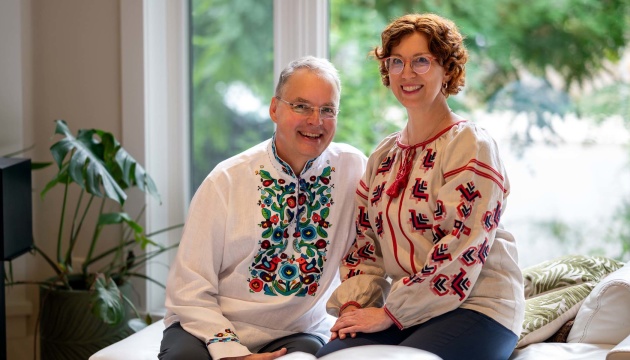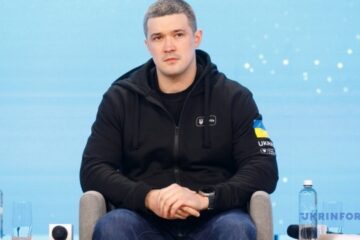The Canadian organization Mriya Aid was established shortly after the start of Russia’s full-scale invasion of Ukraine. Founded by Canadian veterans (including those who served in the UNIFIER and professionals from the fields of management and security, the organization initially sent containers of various aid to Ukraine: drones, night vision devices, tourniquets, and medical kits. Over time, however, Mriya Aid decided to focus on a critical niche: supporting Ukraine’s demining efforts.
Ukrinform spoke with Mriya Aid’s leaders, the husband-and-wife team of Lesya Granger and Lubomyr Chabursky, who manage the organization’s efforts for Ukraine from their home in Ottawa.
WE DO WHAT NO ONE ELSE DOES
– Ukraine is one of the most heavily mined countries in the world. How does your organization help address this crisis?
Lesya: Right now, Mriya Aid is focused on training Ukrainian deminers. We send both combat zone deminers (involved in operational demining near or on the frontlines) and humanitarian deminers to specialized IMAS (International Mine Action Standards) courses. While major donors send demining machines, robots, and other equipment to Ukraine, we invest in people, because people are the most essential component. Training directly improves their safety. We support those who are clearing mines, tripwires, unexploded ordnance, and IEDs (Improvised Explosive Devices) under real battlefield conditions.
– What is the difference between operational and humanitarian demining?
Lubomyr: In operational demining, there’s no time for a full risk assessment. Everything is fluid. Danger is everywhere, and any step could be your last. Especially now, as Russians are using new types of mines, including 3D-printed ones that metal detectors can’t identify, as well as seismic mines that react to footsteps or even sound.
Lesya: One of our partners, Chris Garrett, was recently killed in action while performing a demining task. This tragic event reminds us just how dangerous this work is. Every skill, every piece of quality equipment, and every training session can make the difference between life and death.
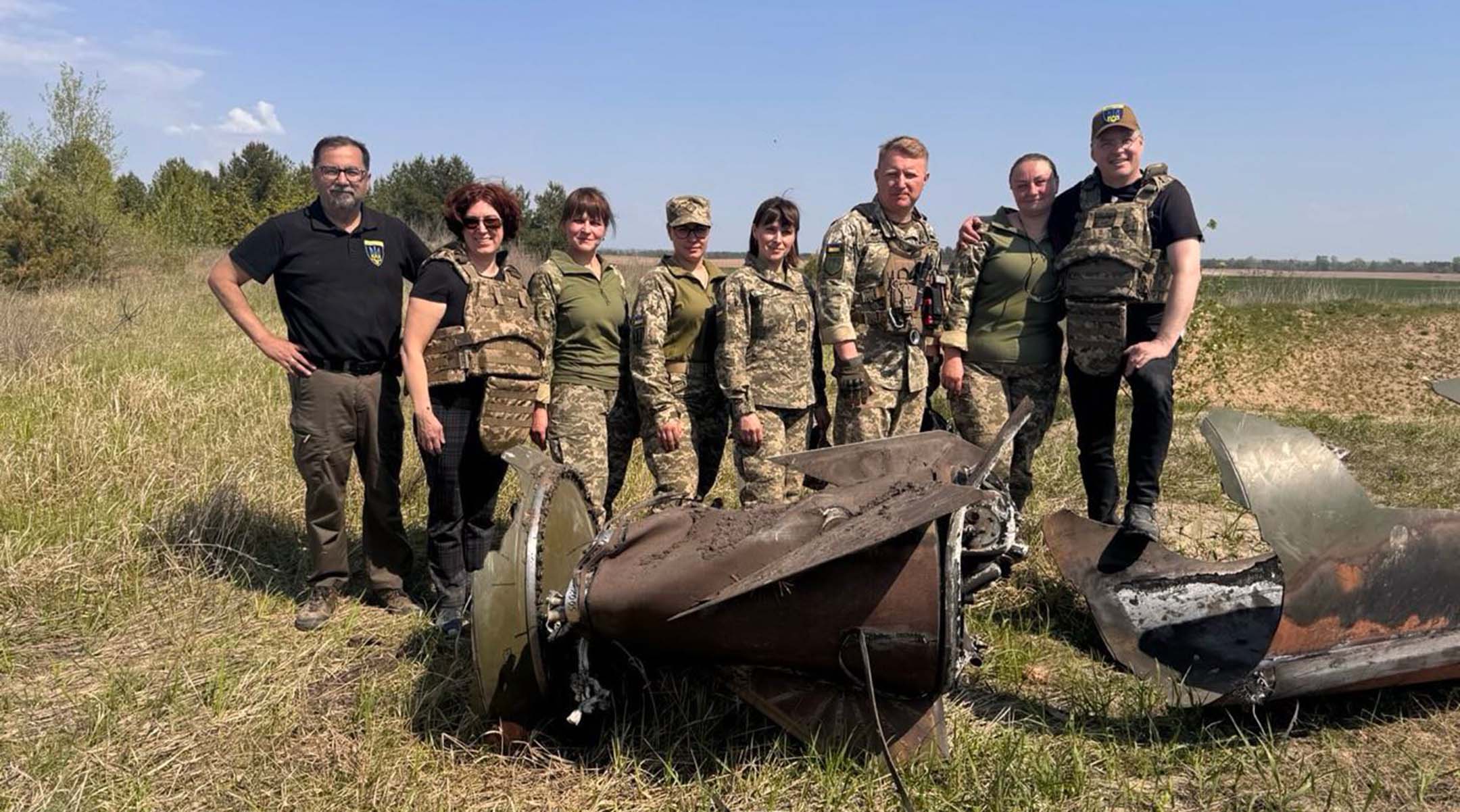
UKRAINIAN DEMINERS TRAIN TO INTERNATIONAL STANDARDS
– How exactly do you help prepare sappers for such hazardous conditions?
Lubomyr: We partner with MAT Kosovo, a private training center recognized as one of the best in the world. Ukrainian sappers are trained to IMAS (International Mine Action Standards) there. The course lasts five weeks and includes both theoretical and field training, including “live detonation days” where participants safely neutralize explosives themselves.
Lesya: We insist that all our trainees complete the full course so that they build reflexive awareness and muscle memory. When a person approaches an explosive, fear can freeze the brain, so their body has to act deliberately and automatically. Those kinds of skills save lives.
– Why did you choose to work with MAT Kosovo specifically?
Lesya: The center was founded by veterans who worked on demining in the Balkans and upholds the highest international training standards. It has an impeccable safety record – there has never been a single incident on their premises. They never lower their standards, not even for major contracts. They’re tough on their students because quality training doesn’t just protect the sapper, it protects the team and the civilian population. They also strongly support Ukraine and follow the situation closely. They consistently offer us favourable rates because they know we’re volunteers trying to stretch every dollar for maximum impact.
Lubomyr: Kosovo also has another advantage: no air raid sirens. That means the training process isn’t constantly interrupted, unlike in Ukraine. It allows for much more efficient use of time and resources.
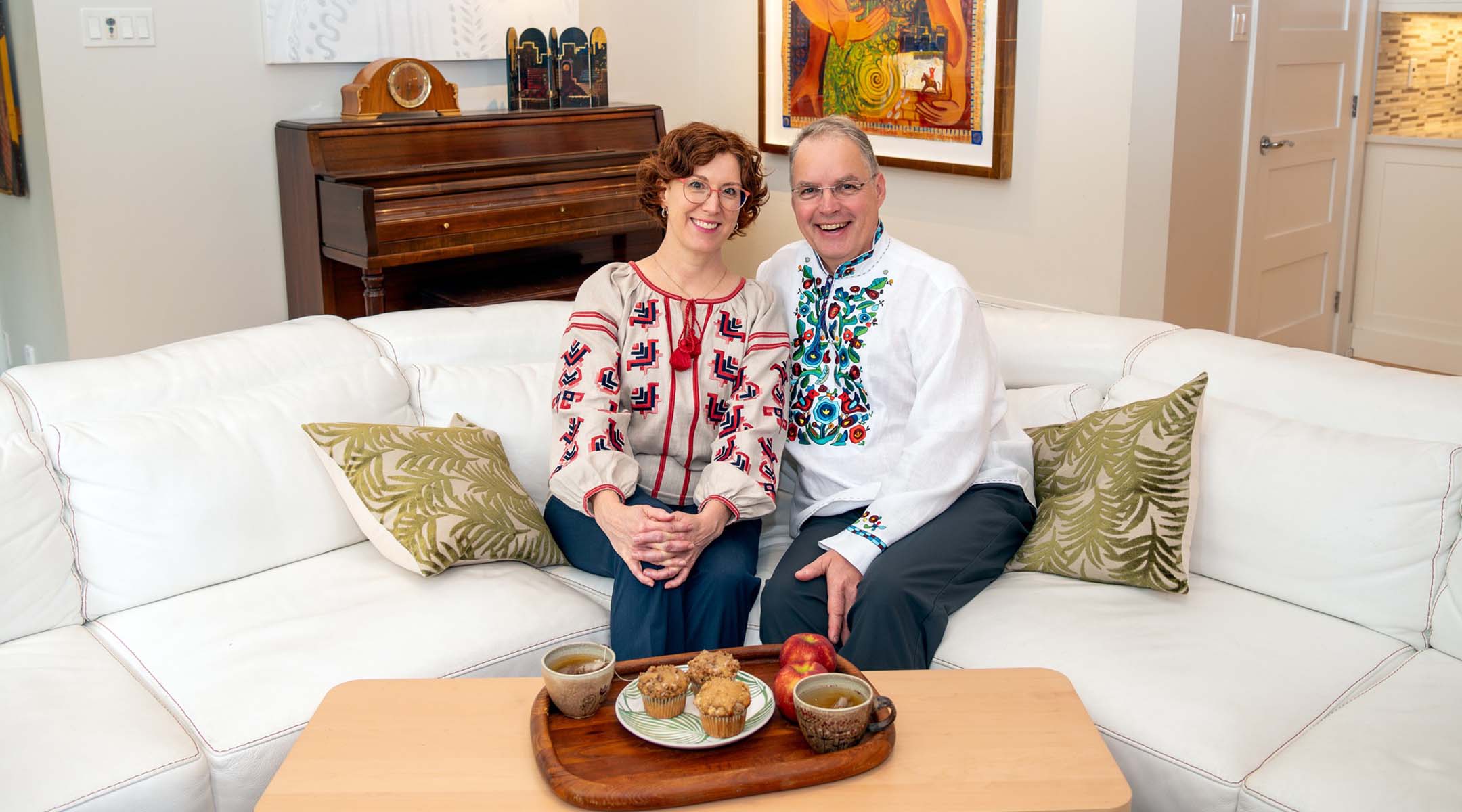
– Who decides who gets to go through this training?
Lesya: That’s determined by Ukrainian authorities, they know their personnel best. Our primary partner is the Ministry of Defence’s Main Department for Mine Action, Environmental Safety and Civil Protection, which coordinates mine action training. We, as project managers, provide funding, logistics, and administrative support. We also encourage knowledge-sharing within units, because every graduate is a multiplier, someone who can train up to five more colleagues. We’re focused on building strong IMAS-based knowledge chains within the system.
– Have you already seen concrete results from this support?
Lubomyr: Last year, we received $2.5 million from Canada’s Department of National Defence to train 130 Ukrainian deminers and provide them with equipment. We came in under budget, expanded to two more cohorts, and trained 176 people. Some of them reached Level 3+, meaning they are now qualified to train others and take on more complex tasks. That’s the multiplier effect in action.
Lesya: It’s important to note that the Canadian government sees the impact and has invited us to submit new project proposals this spring. We’ve already done that and are now awaiting decisions on five new initiatives.
– What are these new projects about?
Lesya: The first two are training programs for the Armed Forces and the State Special Transport Service, with added investments in training center infrastructure. The third is about developing underground training facilities that can operate during air raids. The fourth is a program to support the integration of women into the security sector. And the fifth is the development of a framework for scaling innovation in demining.
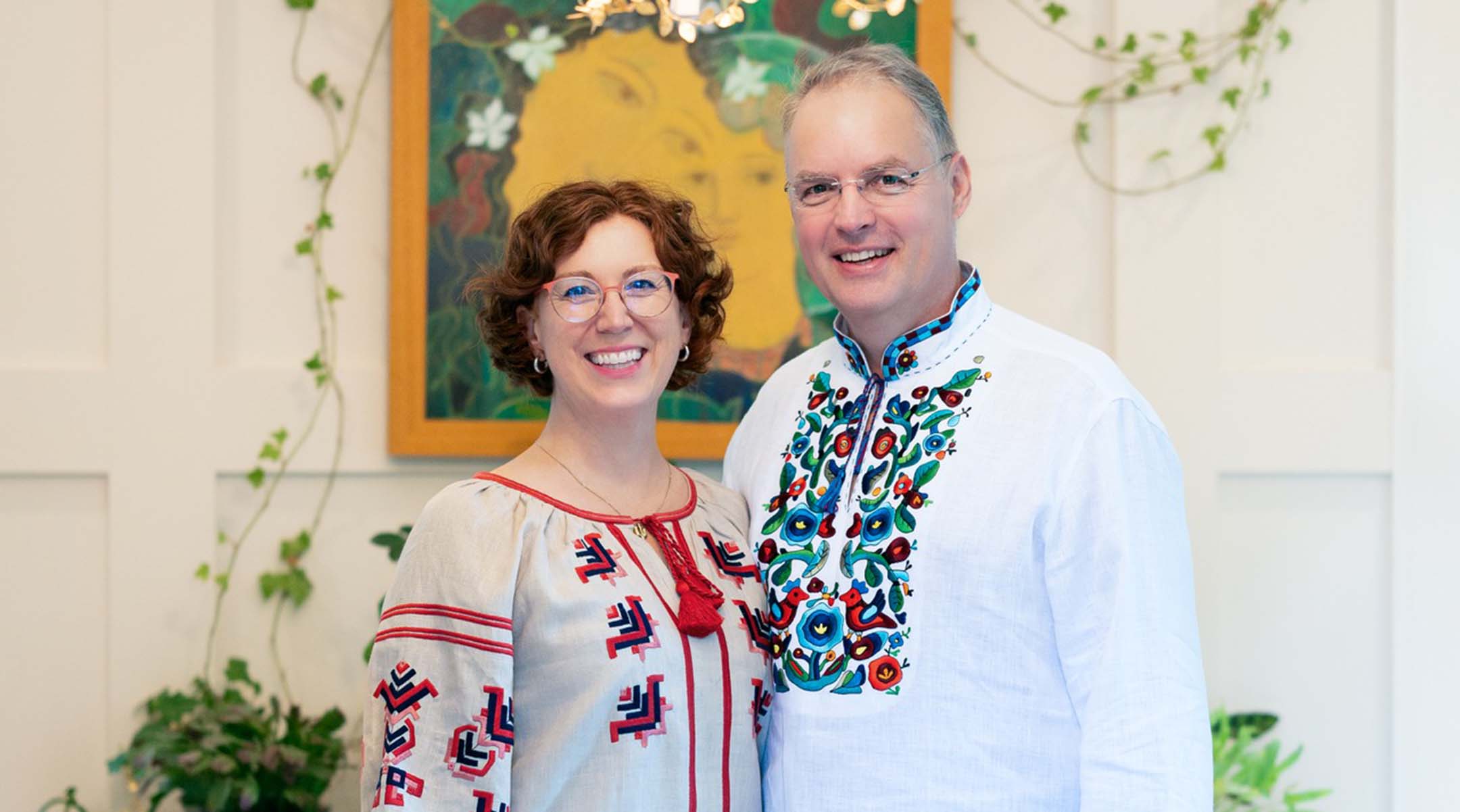
MORE WOMEN ARE CHOOSING THE DEMINING PROFESSION
– Let’s talk about gender. What role are women playing in mine action?
Lesya: Women are increasingly joining the profession. They go through the same courses, perform the same tasks. Some of the women who trained in MAT Kosovo back in 2022 are now leading teams or working as instructors in Ukrainian centers. While women make up just 11% of our students, they consistently rank among the top performers. Many are from eastern or occupied regions, and the work has deep personal meaning for them. We’re working on gender integration with the Ukrainian NGO Information and Consultation Women’s Center, particularly with its founder Olena Suslova, a human rights defender nominated for the Nobel Peace Prize, who advises us on how to create conditions and systems that allow women to grow within the military structure.
– You mentioned scaling innovation. What do you mean by that?
Lubomyr: Ukraine is producing a lot of promising inventions: advanced metal detectors, drones, sensors, but they’re often limited to specific units. We want to help the Ministry of Defence develop a mechanism to test innovations in the field, refine and certify them, and then scale them across the armed forces.
– Why isn’t this being done directly by the governments or other state partners?
Lubomyr: Because public service systems aren’t agile enough, they rely on a tendering process, which is slow and bureaucratic. We can act quickly and respond to what deminers on the ground really need. If a sapper tells us a certain detector isn’t working well, we look into it immediately and find better options. We visit training bases, speak with officers and sappers, and adapt projects to meet real needs.
– You mentioned the State Special Transport Service. Why does Mriya Aid work with them?
Lesya: The SSTC is part of the Ministry of Defence. In peacetime, they handled infrastructure – roads, bridges, etc. During the war, they became a combat engineering unit, performing demining to enable the construction of military infrastructure. Like the regular army, they’re short on engineers, equipment, and training – and that’s where we come in.
Lubomyr: The National Guard of Ukraine is in a similar position. Sappers play a key role in combat operations there as well. We’ve been working closely with the National Guard since the very beginning of the full-scale invasion.
– What about national standards for demining in Ukraine? Do you follow them?
Lesya: Yes, and we support harmonizing national standards with international ones. IMAS puts safety first; it tells sappers not to take unnecessary risks and to follow protocol. Those who train under IMAS come back thinking differently, and that mindset gradually transforms the broader safety culture. Mriya Aid supports the implementation of best practices from Ukraine and abroad. We’re not imposing outside models; we’re giving sappers tools that genuinely save lives.
Lubomyr: Ukraine is leading in innovation, not just in demining, but in general. It’s the first country in history conducting large-scale demining during an active, brutal war. That context forces innovation in both explosive threats and in the tools and methods to counter them.
VOLUNTEERING AS A WAY OF LIFE
– I was surprised to learn that you also support underwater demining.
Lubomyr: Yes, we submitted a separate proposal to support underwater EOD (Explosive Ordnance Disposal). Ukraine’s SSTC and other agencies are developing facilities for sapper-divers. We want to help them with infrastructure, equipment, and training. It’s a very technical but crucial area – Russia often mines hydro structures like bridges and dams, and they need to be cleared.
– Who are the people implementing these projects? Who’s on the Mriya Aid team?
Lesya: In Canada, there are about ten of us. Each has a specific role in managing and growing the organization and its projects. For example, one of our board members, Mark Payne, a former military officer, completed IMAS Level 3 training in MAT Kosovo in the fall of 2024. That experience, alongside Ukrainian sappers, helps him explain to donors how this training improves results on the front line. In Ukraine, we have volunteers and project coordinators. We’re currently working on registering an official Mriya Aid Ukraine office so we can respond even more quickly to local needs. Without shared effort, scaling wouldn’t be possible.
– You do all this work as volunteers. What keeps you going?
Lubomyr: For us, this is a continuation of family tradition. We have the ability to help – and during a war, we feel obligated to act. I started volunteering back in the 1980s, working on Holodomor research. Lesya’s ancestors were running community schools and libraries in Western Ukraine generations ago. We’ve both supported student programs, led delegations, and worked with many organizations. When the full-scale war began, we couldn’t stand aside. Volunteering is our legacy – and we’re carrying it forward.
Lesya: We have the knowledge, the networks, the time, and the resources – so we have to put them where they’re needed most. When a sapper who’s completed our training walks up to us and says, “Thank you, you saved my life,” that gives us energy to keep going for another year.
Maksym Nalyvaiko, Ottawa
Photos provided by Lesya Granger and Lubomyr Chabursky
Source: Lesya Granger and Lubomyr Chabursky, leaders of the Canadian nonprofit organization Mriya Aid

